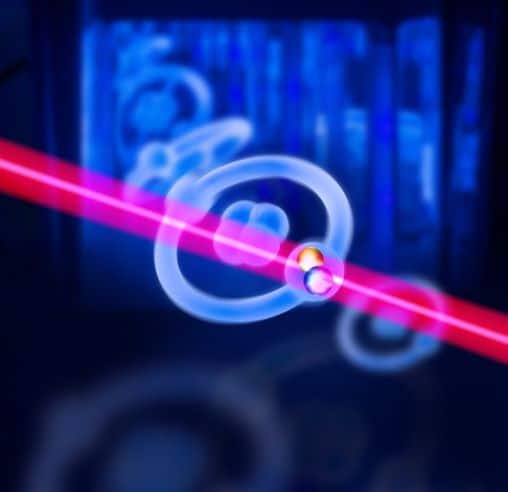

Thank you for registering with Physics World
If you'd like to change your details at any time, please visit My account

If you already have an account on Physics World, then please sign in to continue reading
If you do not yet have an account, please register so you can
Edwin Cartlidge is a science writer based in Rome.